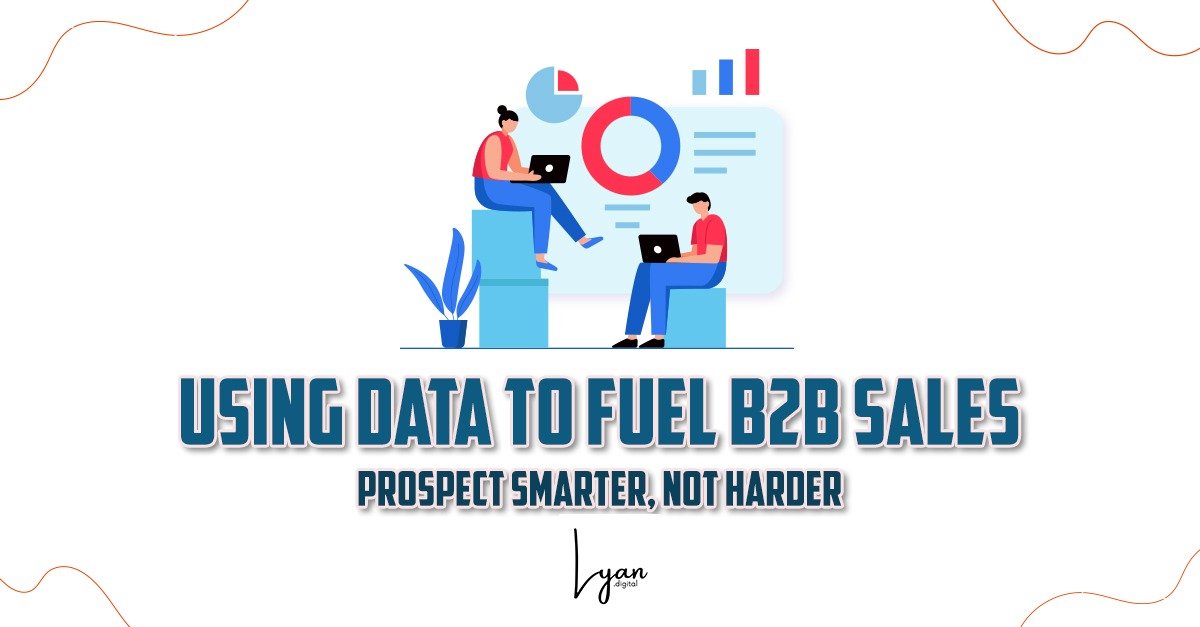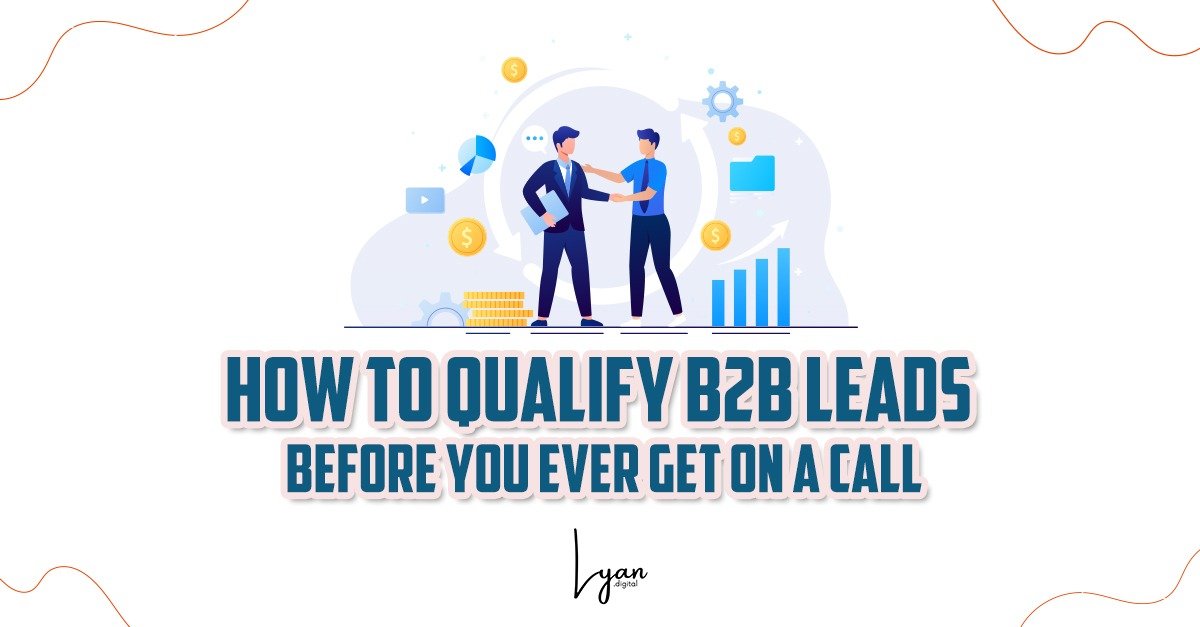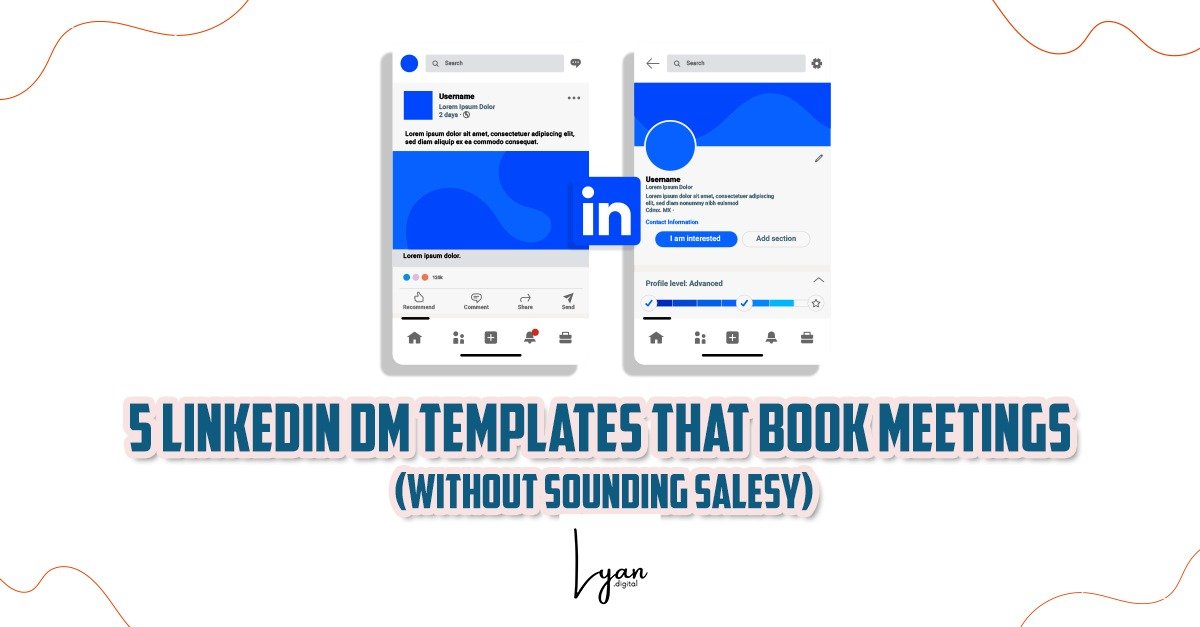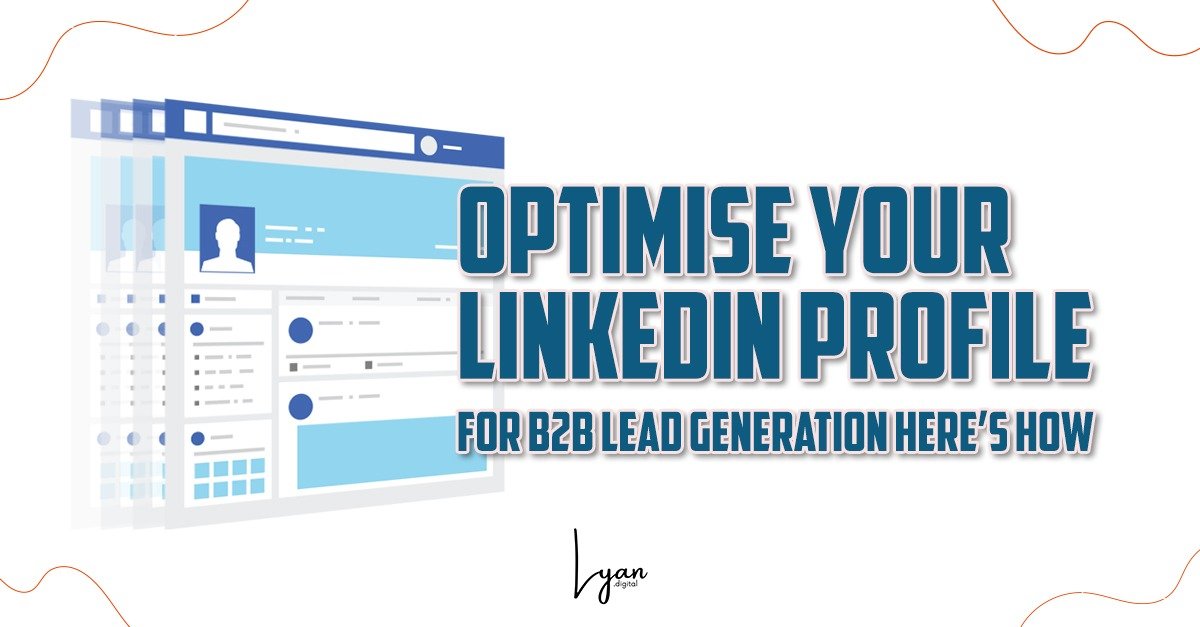Digital sales funnels are now the horsepower of B2B marketing in today’s era. Compared to their analogy counterparts, digital funnels are data-driven, automated, and constructed in alignment with the buyer’s process. From consideration to decision, the objective is to move prospects effortlessly from that initial click to a closed sale—freed from friction and assumption. In this blog article, we dissect how to construct and optimize B2B funnels that convert at each touchpoint so that you can achieve maximum ROI and close more online deals.
1.Attract High-Intent B2B Leads
Your funnel starts when a potential customer first hears about your brand. Whether it’s Google search, social media share, or educational blog, here your objective is to provide value—not a pitch. SEO and content marketing are the overall drivers in this phase, getting you ready for the keywords your prospects are looking for and pulling them in.
Key Insight: Success at the top of the funnel is a result of exposure. SEO and content that educates expose your brand to the right people in the right context.
2.Nurture Prospects with Targeted Content
After you let potential customers know who you are, the next step is establishing trust. Mid-funnel content such as case studies, webinars, and lead magnets activates your prospects and demonstrate your expertise. Email nurture sequences and retargeting ads facilitate delivering such content in a timely and targeted manner, fuelling additional interest and intent.
Key Insight: Nurturing is consistency and context—anticipating questions before they’re ever asked and staying top of mind without being obnoxious.
3.Qualify Leads with Automation and Data
Every click does not result in a customer. That’s why your funnel must have automation software that qualifies, and scores leads based on behaviour—downloads, page views, and engagement. The sales team can work on the best leads based on this data and customize outreach accordingly.
Key Insight: Data-driven funnels save work and boost productivity by moving forward those leads that are ready to convert.

4.Drive Conversions at the Funnel’s End
The final mile is where funnels fail in most cases. Strong CTAs, conversion-driven landing pages, and seamless booking experiences can seal or lose a deal. Equip your salespeople with the CRM and funnel data so that their conversation is timely and relevant. Remove friction, make the next step seamless, and always provide value.
Key Insight: Closing becomes second nature when your funnel has already done the heavy lifting education, qualification, and building trust.
5.Analyse, Refine, Repeat
Funnel Zeroes aren’t setup-and-forget—it’s a dynamic system that requires ongoing optimisation. Track drop-off points, try new messaging, sharpen targeting, and update content to keep it fresh. Funnels that grow with your buyers will always beat rigid ones.
Key Insight: The best-performing funnels are the ones that you constantly measure and optimize against actual user behaviour.
How Lyan.Digital Can Help
At Lyan.Digital, we work with B2B businesses that want to crack cold outreach and begin scaling with strategy. We build high-converting digital funnels that do the heavy lifting on autopilot—so you can close, not chase—starting with lead attraction through converting them.
Here’s how we do it:
- End-to-end sales funnel architecture tailored to your buyer journey
- SEO strategies to drive repeatable, high-quality traffic
- Convert-at-every-step landing pages and copywriting
- Marketing automation and CRM integration
- Funnel performance audits and continuous optimisation
We don’t build funnels We engineer them to convert.
Frequently Asked Questions
What is the difference between a digital funnel and a sales funnel?
A digital funnel is content-driven, automated, and attuned to internet buying behaviour. Traditional funnels are more based on direct selling and personal interaction.
When will I be able to see results from a digital sales funnel?
Most B2B companies begin seeing real gain within 3–6 months, depending on the complexity of the funnel and industry.
Can I still utilize outbound tactics with a digital funnel?
Yes—outbound can be utilized as a complement to your funnel, but inbound-led digital funnels are less intrusive and more scalable.
What hardware is needed to successfully run a digital funnel?
Some common uses are CRM software, marketing automation platforms, analytics tools, and SEO tools—all of which can be centralized within a system.
Real-Life Scenarios
A technology startup was relying heavily upon sales reps for outreach.
They collaborated with Lyan.Digital to create a funnel that began with SEO, lead magnets, and email nurturing. Within six months, inbound leads dominated outbound leads 2x in conversion rate—and reps were fired to work on only qualified leads.
A B2B services company had amazing traffic but awful conversion.
We found a mid-funnel leak. By introducing gated content and a nurturing series, they converted anonymous visitors into sales-qualified leads—improving conversion rates by 40%.
A consultancy lacked an official funnel, relying on referrals.
We established their first digital funnel with a specific landing page, series of content, and automated appointments. They acquired 25 new inbound requests within the first 30 days—without advertising.
Final Thoughts
Relationship-building remains necessary in B2B selling—just differently. A solid digital funnel ensures you’re being noticed, top-of-mind, and providing value at each touch point. From initial click to last close, the greatest funnel converts passive browsers into active buyers—without depending on aggressive tactics or pesky follow-ups.
If your funnel isn’t yet performing as it should, it’s time to create one that will.




